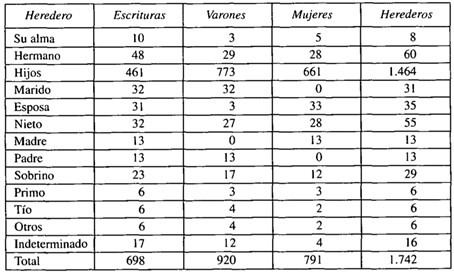
The evolution of the garrison at Cartagena de Indias, unlike that of Havana, showed a stable trend until the outbreak of British hostilities in the War of the Seat (1739-1748). The garrison numbered around 150-200 men, a tiny figure in relation to the importance and size of the territory to be defended, reflecting the old system of semi-private recruitment. Despite this, the English crown’s maritime superiority was only countered by the effective tactical and defensive work of the Spanish overseas provinces. From 1736 onwards, the garrison’s military expenditure increased, a build-up that lasted until 1740-1741, when Cartagena, the main port of the viceroyalty of New Granada, was attacked and besieged. The Spanish resistance, led by Blas de Lezo, resulted in a defensive victory for the port and the region. A year later, in 1742, Cartagena was able to receive new financial remittances in the form of silver from Santa Fe and Quito, thus ensuring defensive continuity against another possible English attack.
Collection: Graphics
Project: 6. Under a cloak of terror: violence and armed conflict in Europe.
Chronology: XVIII
Scope: Secondary Education, Baccalaureate, University
Link: http://www.tiemposmodernos.org/tm3/index.php/tm/article/view/5463/915
Resource type: Graph
Format: Line chart
Source: Serrano Álvarez, J. M. (2020). "Administración militar, recursos y movilización en Indias durante la época de Felipe V", en Tiempos Modernos, nº 40, p. 372.
Language: Spanish
Date: 2020
Owner: Pablo Ballesta Fernández (Modernalia)
Copyright: ©Tiempos Modernos ©José Manuel Serrano Álvarez
Abstract: Resource showing expenditure on the garrison at Cartagena de Indias as a result of the Anglo-Spanish War of Settlement
Image
Tags








